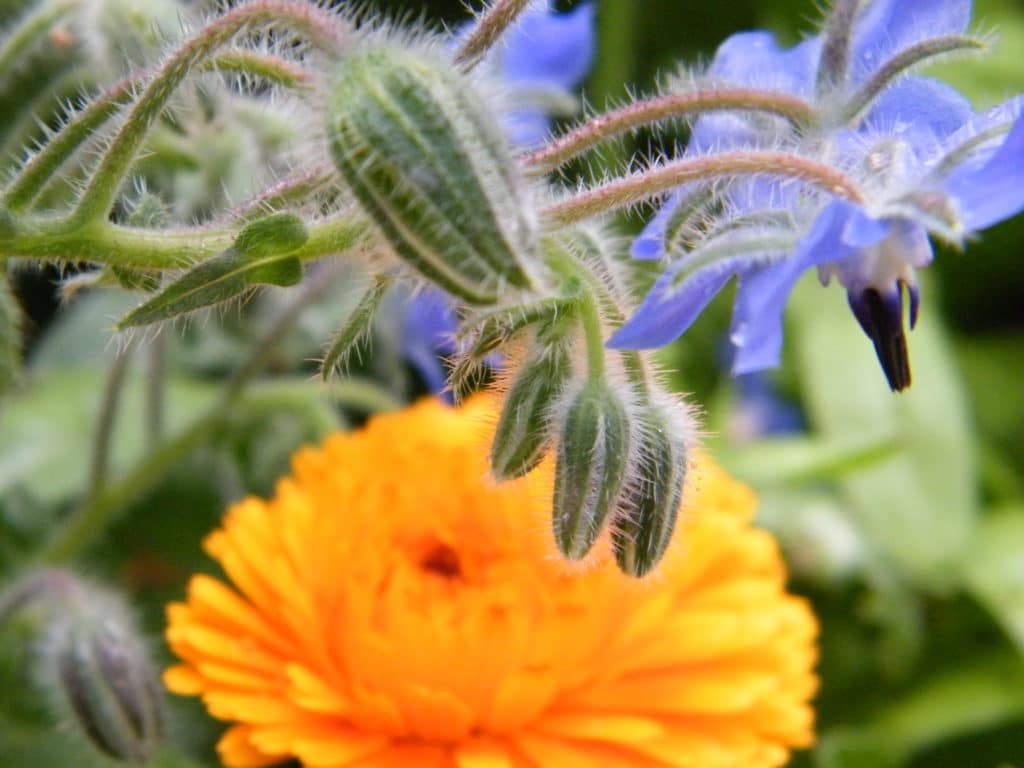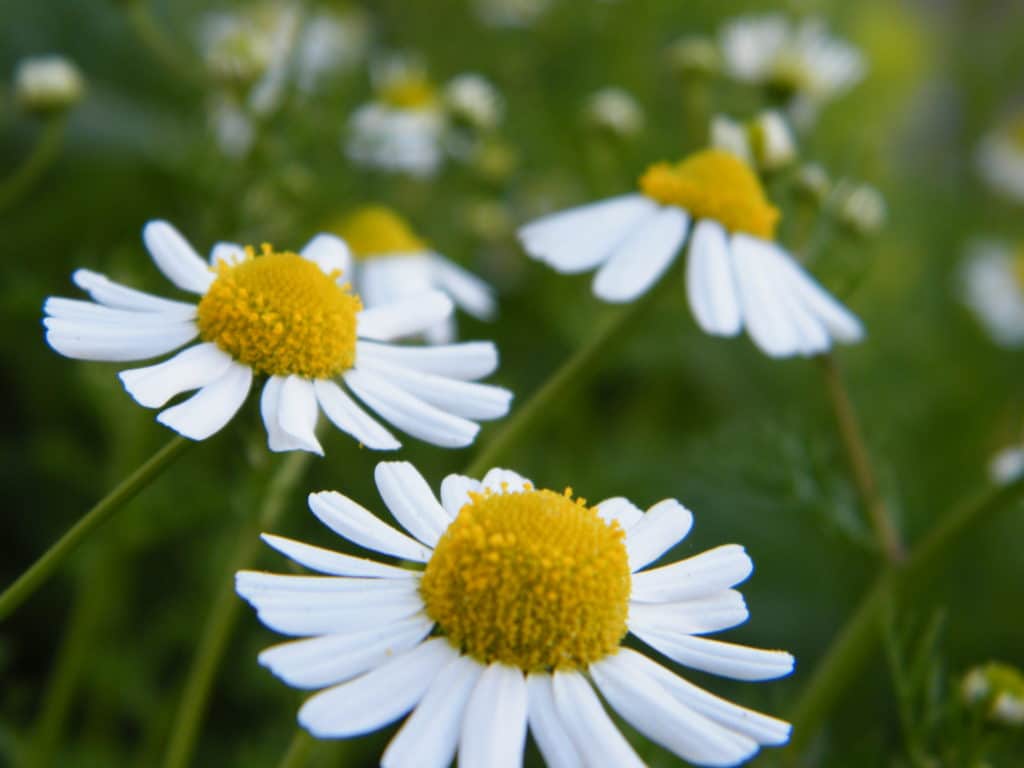Currently Empty: £0.00
Hardy annual herb flowers
Herb flowers which might be grown as hardy annuals might include
- Pot marigold (Calendula officinalis)
- Borage (Borago officinalis)
- German chamomile* (Matricaria recutita)
The great benefit of these is that once you have them in your garden, you are unlikely to be without them, albeit not where you intended, as they do self-seed readily!

Growing hardy annual herbs
These can all be bought cheaply as packets of seeds and sown in the Spring where they are to flower. Seed packets generally provide clear growing instructions, but in general these boil down to: sow thinly in rows where they are to flower and cover very lightly with soil (sowing in rows allows herb seedlings to be easily distinguished from weeds). Sowing in modules (plug trays) in a greenhouse or on a window sill gives the seedlings a head start and avoids root disturbance when pricking out. Water well and keep moist. Thin the seedlings to enable strong growth of each plant. Pick or deadhead the flowers frequently to encourage more.

Pests and diseases of annual herbs
These plants are all vulnerable to slugs and snails as seedlings, so do protect young plants from damage. As they grow, they become less palatable to pests, especially the borage which has hairy leaves.
Borage and pot marigold are both prone to mildew if they suffer from water stress, but this often happens late in the season, when the plants can simply be pulled up and composted once they are past their most productive – be sure to harvest some seeds for next year first!
Harvesting and preservation of herb flowers
The cut-and-come-again principle applies to herb flowers – the more you pick, the more you will get. Pick the heads of the flowers only, as they come into full bloom, leaving the rest of the plant intact. Borage flowers and calendula petals can be used immediately in salads, and as decorations in drinks and icecubes. Calendula is also often used fresh in skin creams. Chamomile flowers can be used fresh in tea, or laid out in a single layer on a tray in a warm place with good air circulation to dry – this way they can be stored for use as tea year-round. Calendula petals or whole flower heads can also be preserved this way for later use, for example in potpourri making, and retain their colour well.
*Note – people who suffer with ragweed allergies should avoid ingesting chamomile.
Author & images: Ruth Ridley

